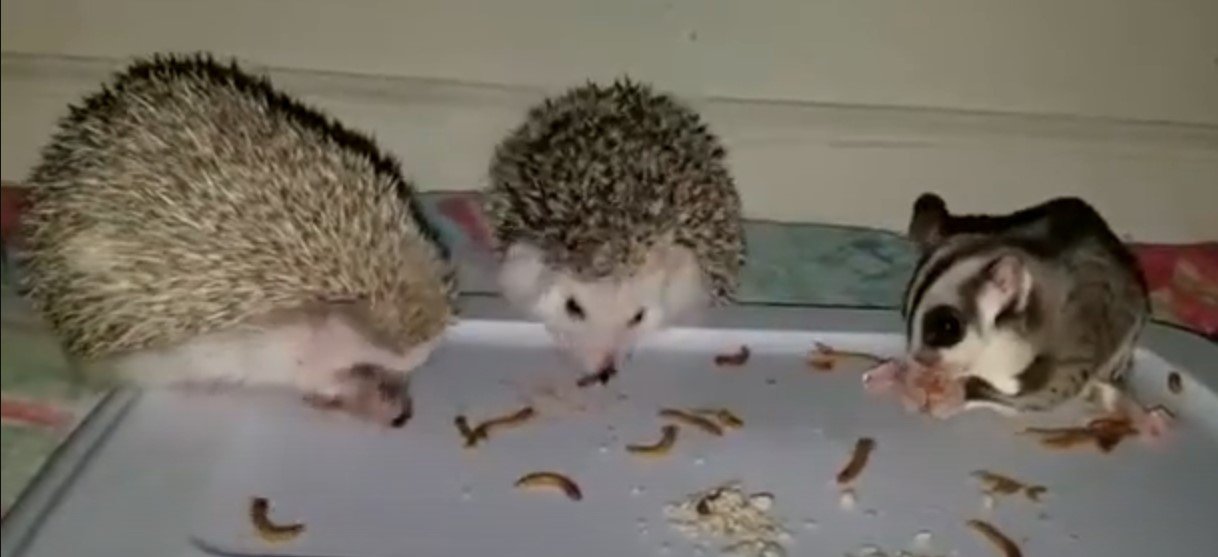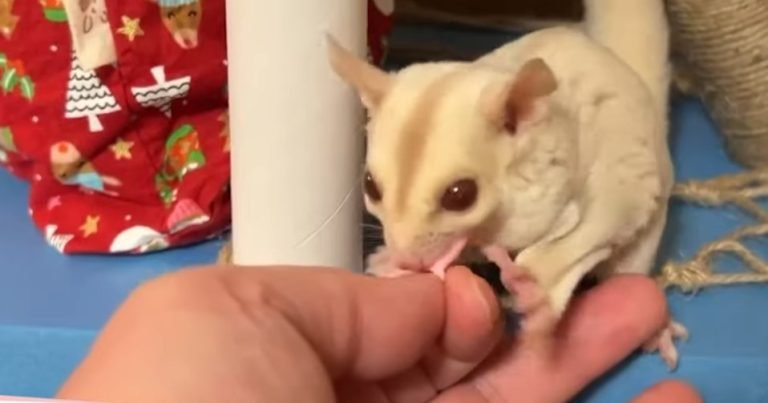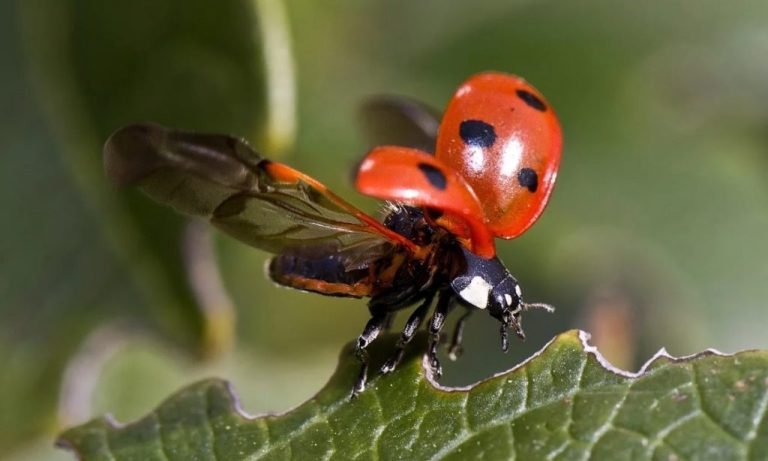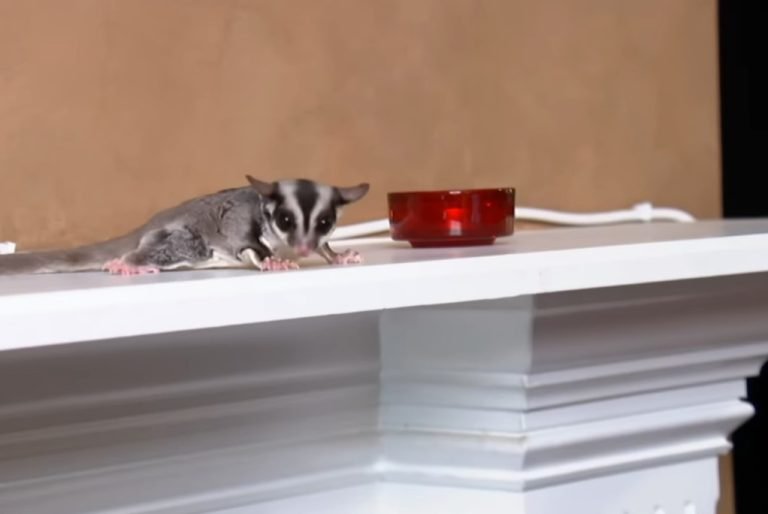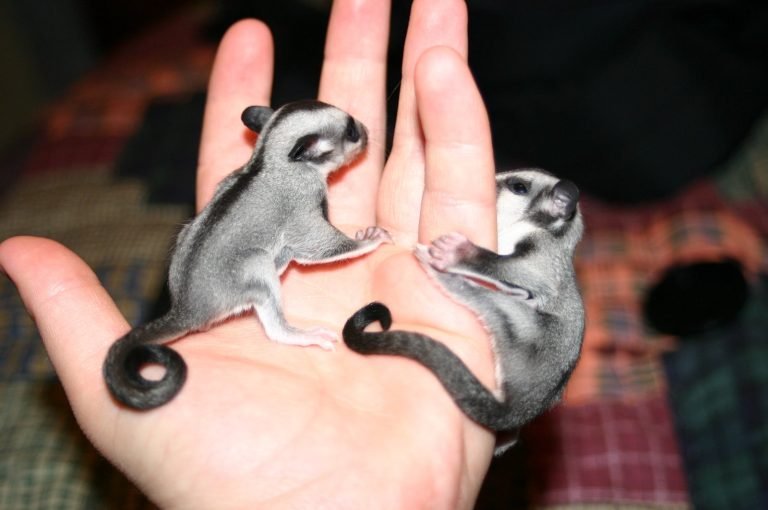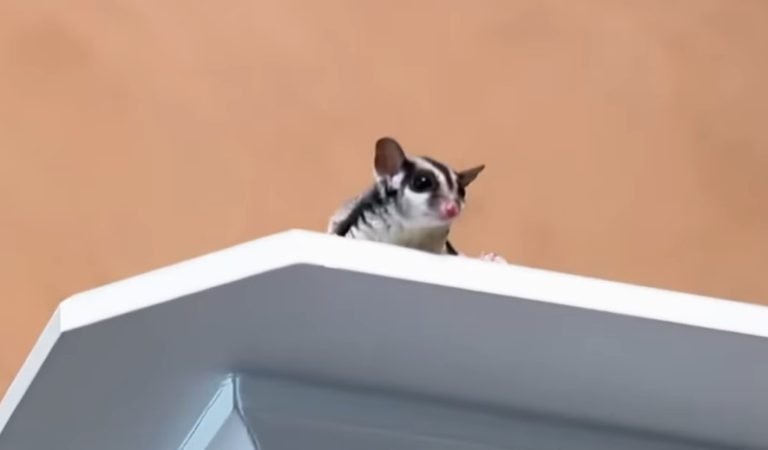Hedgehog Or Sugar Glider
Hedgehog or Sugar Glider: Which One Should You Choose as a Pet?
Are you thinking of getting a small and adorable pet but can’t decide between a hedgehog and a sugar glider? Look no further! In this article, we will explore the characteristics, care requirements, and pros and cons of both hedgehogs and sugar gliders to help you make an informed decision.
Hedgehogs: A Peek into Their World
Hedgehogs are nocturnal creatures known for their small size, cute faces, and quills. Here are some key features that make hedgehogs unique:
1. Appearance: Hedgehogs are covered in stiff, sharp spines, also known as quills, which act as a defense mechanism against predators. They have a round body shape, short legs, and a small snout.
2. Behavior: Hedgehogs are solitary animals, prefering their own space most of the time. They are nocturnal and spend the majority of their nights exploring their environments and searching for food.
3. Diet: In the wild, hedgehogs are insectivores, feeding on a variety of insects, worms, and even small vertebrates. Pet hedgehogs are typically fed a commercial diet that consists of high-quality cat food, supplemented with fruits, vegetables, and insects.
4. Habitat: Hedgehogs require a spacious and secure enclosure to roam around and hide in. A wire cage with a solid bottom and appropriate bedding is ideal. It’s important to provide hiding spots, an exercise wheel, and enrichments to keep them mentally stimulated.
Sugar Gliders: A Fascinating Look into Their Lives
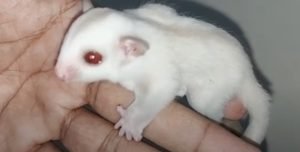
Sugar gliders are small, tree-dwelling marsupials known for their unique ability to glide through the air. Let’s explore what sets sugar gliders apart:
1. Appearance: Sugar gliders have a squirrel-like appearance with a furry, membrane-like structure called a patagium that stretches between their front and hind legs, allowing them to glide from tree to tree. They have large, round eyes and a long, bushy tail.
2. Behavior: Unlike hedgehogs, sugar gliders are highly social animals and thrive in groups. They form strong bonds with their human caregivers and require a significant amount of attention and interaction.
3. Diet: Sugar gliders are omnivores and have a specialized diet that consists of nectar, sap, pollen, insects, and fruit. If kept as pets, they require a balanced diet that mimics their natural food sources, including commercial sugar glider food, fresh fruits, vegetables, and occasional protein treats.
4. Habitat: Sugar gliders need a tall and spacious enclosure with plenty of branches, ropes, and toys to climb and play on. They are highly active and require mental stimulation to prevent boredom and unhappiness.
Pros and Cons of Owning a Hedgehog
Pros:
1. Hedgehogs are low maintenance pets that require minimal grooming.
2. They are generally quiet and do not make a lot of noise.
3. Hedgehogs have a long lifespan, typically living for 4-6 years in the wild and up to 10 years in captivity.
Cons:
1. Hedgehogs have specific temperature requirements, as they are sensitive to extreme heat and cold.
2. They can be prickly pets, as their spines can cause mild discomfort if not handled properly.
3. Hedgehogs are prone to certain health issues, such as obesity and dental problems, which require regular veterinary care.
Pros and Cons of Owning a Sugar Glider
Pros:
1. Sugar gliders are highly social creatures and form deep bonds with their owners.
2. They are intelligent and can be trained to perform tricks and interact with their human caregivers.
3. Sugar gliders have a lifespan of 10-15 years in captivity, providing many years of companionship.
Cons:
1. Sugar gliders require a significant time commitment, as they need daily social interaction and mental stimulation.
2. They have specific dietary needs that may be more challenging to meet compared to other small pets.
3. Sugar gliders are known to be territorial and may mark their territories with urine, which could be an issue for some owners.
Frequently Asked Questions about Hedgehogs and Sugar Gliders
1: Are hedgehogs or sugar gliders better for kids?
Both hedgehogs and sugar gliders require responsible ownership and may not be suitable for young children. While hedgehogs are generally easier to care for, sugar gliders require more attention and experience to meet their social and behavioral needs.
2: Can I keep a hedgehog or sugar glider as a single pet?
Hedgehogs are solitary animals and prefer to live alone. On the other hand, sugar gliders are highly social and should be kept in pairs or small groups to prevent loneliness and promote their well-being.
3: Do hedgehogs and sugar gliders need regular veterinary care?
Yes, both hedgehogs and sugar gliders require regular veterinary check-ups to ensure their health and well-being. It is important to find a veterinarian who specializes in exotic pets and can provide the necessary care.
Final Thoughts: Which One Is Right for You?
Choosing between a hedgehog and a sugar glider as a pet ultimately depends on your lifestyle, preferences, and ability to meet their specific needs. Hedgehogs are ideal for those seeking a low-maintenance companion, while sugar gliders offer a higher level of interaction and socialization. Whichever pet you choose, remember to do thorough research and provide the best care possible to ensure a happy and fulfilling relationship with your new furry friend.

